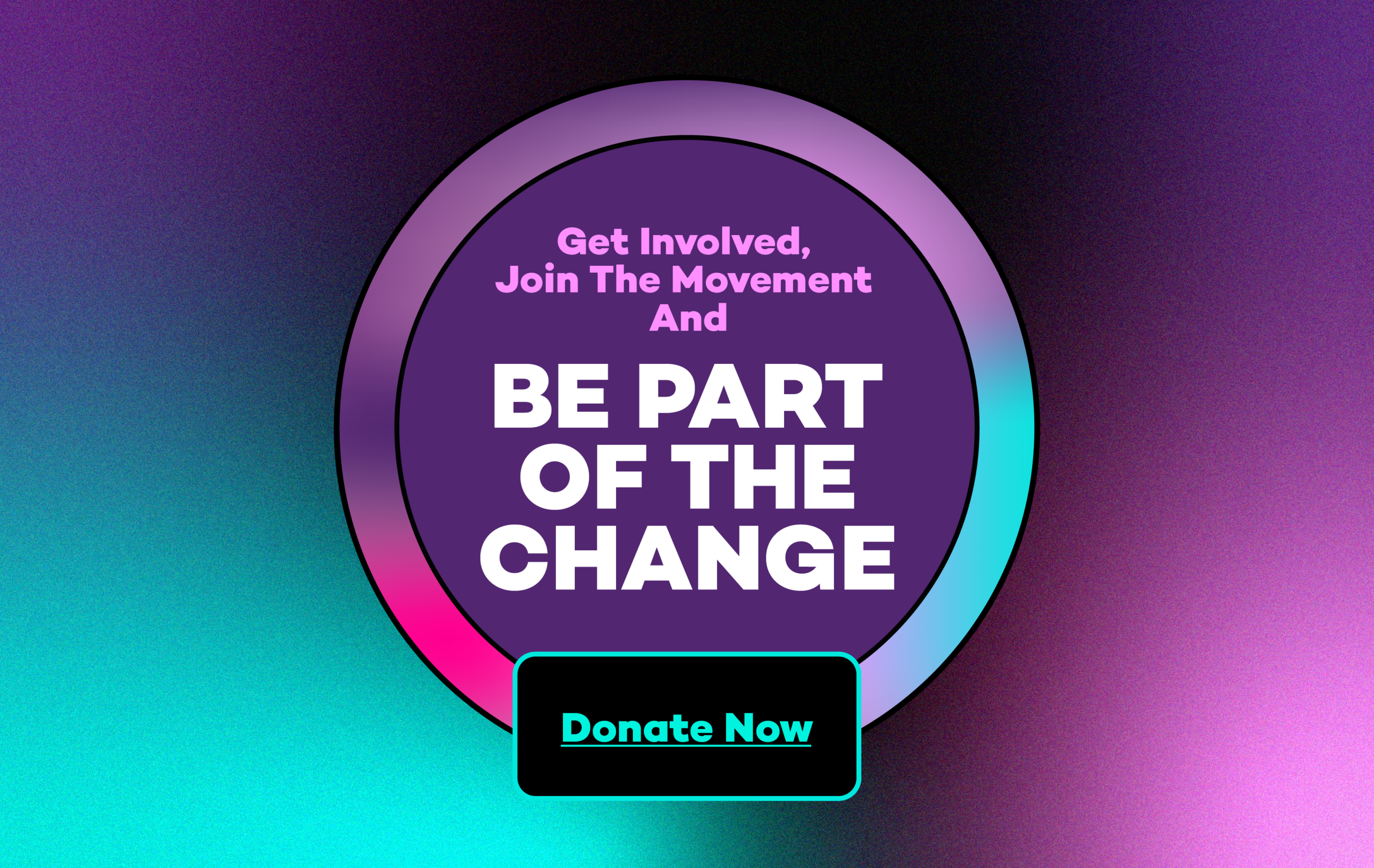 To: Interested Parties
To: Interested Parties
From: Nita Chaudhary, Shaunna Thomas, www.WeAreUltraViolet.org
Re: Coverage of Sexual Assault and Domestic Violence in the Media
Over the course of 2014, domestic violence and issues around sexual assault and rape dominated the headlines–everything from Bill Cosby’s history of sexual assault, to a spate of coverage on the epidemic of rape on college campuses, to domestic violence committed by professional athletes, and the failure of sports leagues to address it.
We believe it is important for us as a society to confront these issues head on, and talk about them from a place of balance and fairness. Progress on these issues is imperative: one in five women will be assaulted in her lifetime and three women are murdered by intimate partners every single day–and the numbers are far worse for women of color.
The Problem:
Unfortunately, the media coverage around these critical issues has often reinforced dangerous cultural norms and/or otherwise demonstrated a grave lack of understanding about domestic violence, sexual abuse and the survivors of such crimes. What we often see in coverage around these issues, especially with respect to high-profile individual cases, an indulgence of questions that blame the survivor instead of the perpetrator of the crimes. Consider Ray Rice as one example. A prominent football star was caught on tape knocking his then-fiancé out cold. Much of the media coverage centered around questioning Janay Rice’s actions instead of her abuser’s–questions around why she decided to marry him and why she did not leave him–instead of focusing on the gravity of the crime, the appalling reaction of the NFL, the prevalence of intimate partner abuse, and the challenges that survivors of these crimes face.
This is dangerous because it serves to compound an already challenging healing process when the mental impact of rape and domestic violence can lead to depression, drug and alcohol abuse, post-traumatic stress disorder, and suicide.[1]
Survivors often experience a “secondary victimization” where they are punished for coming forward and stigmatized by society–this can manifest through bullying at school and social networks or even being fired from their jobs. These reactions can lead to feelings of self-blame, shame and silence.
Here are the stark facts around these crimes [2]:
• Only 60% of sexual assaults are reported to the police (one in 15 for African American women).
• 97% of the perpetrators do not spend a single day in jail.
• Every two minutes a woman is assaulted in the United States.
• Every year, over 32,000 women will be impregnated by rape.
• The FBI found that only around 6% of rape allegations are found to be false, but a survey of college students found that students believe over 50% of allegations are false.
Rape Culture is Real
Women who come forward are systematically bullied and shamed by their communities—as a society we are more likely to believe a woman is lying than believe she was attacked. That’s hard to square with the harsh reality that 1 in 5 women have been assaulted.
The systematic effect of rape culture is an environment in which sexual violence is normalized in media: including TV, advertisements, print, and online media and social networks. It reinforces the cultural narrative that tells women they are responsible or play a role in their assault versus teaching men not to rape.
Examples of rape culture in our media abound: George Will using his platform as a syndicated columnist to argue that women make up being raped because being a survivor confers upon them a “coveted status,” the popular belief that if Bill Cosby really had assaulted women, he would be in jail (see the above section, outlining that only 3% of rapists ever spend a nigh in jail), and even in the laws of our country, where in 31 states rapists can sue for custody of children conceived during the attack.
How you can help
The most important thing that those covering domestic violence can do to help stem the affects of rape culture is to get educated on the realities surrounding domestic abuse. Here are some useful resources:
➢ The White House Report on Rape and Sexual Assault
➢ FBI Criminal Justice Information Services – Uniform Crime Reports on Violent Crime and Rape
➢ Rape, Abuse, & Incest National Network
➢ National Coalition Against Domestic Violence
Here are a few tips to be mindful of when reporting on sexual assault and violence against women:
| Do | Don’t |
|
|
Finally, rely on experts, advocates, domestic abuse and sexual assault service providers when working on these stories.
Women are resilient and strong but no one should live a life in constant fear, shame or silence. Here’s how you can help us shift the culture in 2015–allow this letter to be a reminder that you have a responsibility to use your platform to expose rape culture, not be complicit in it. We’re hopeful for a better 2015 and we will be monitoring your work, just in case.
